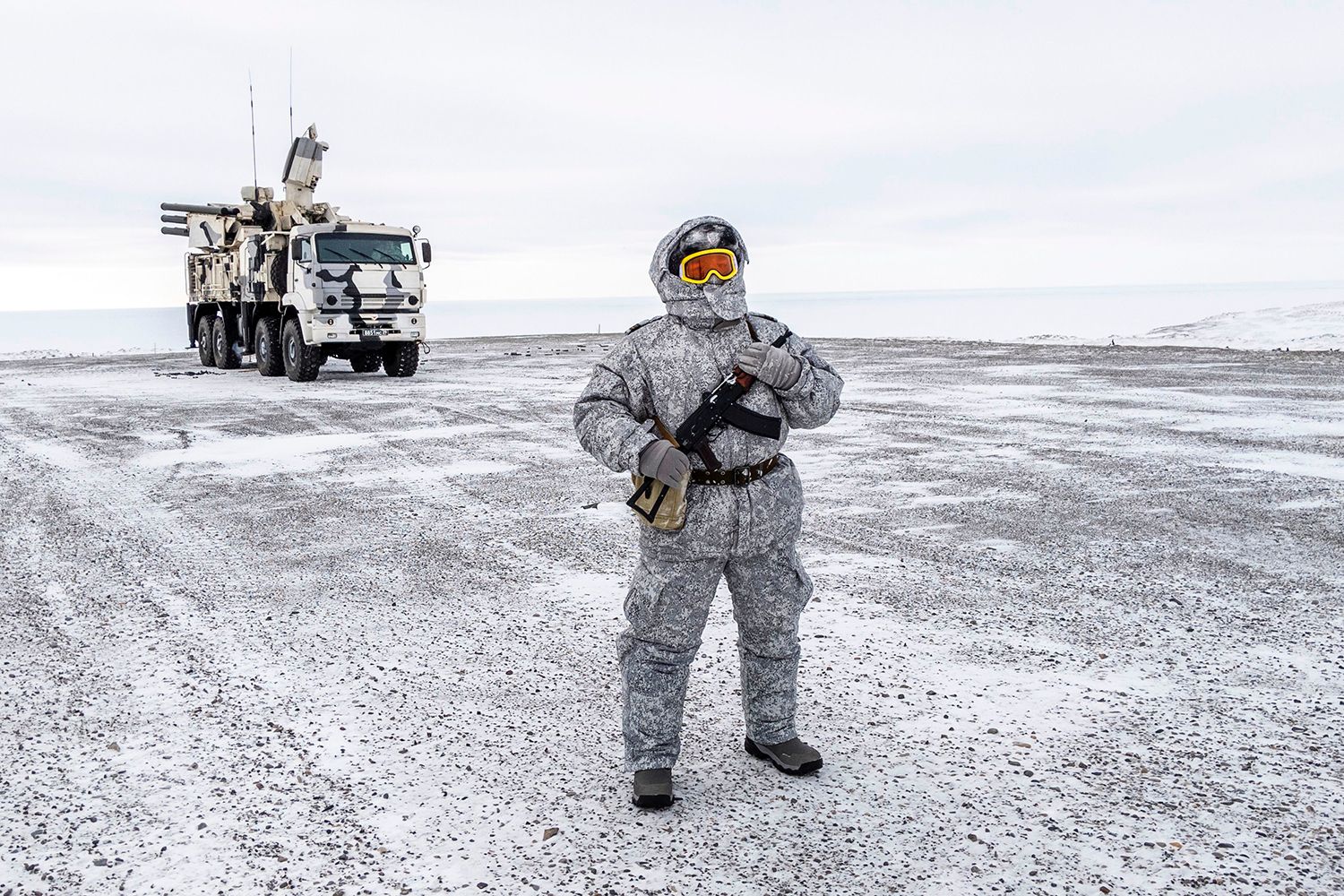What is “The Arctic”?
In order to intelligently discuss the geo-political issues confronting a mid-21st century Arctic, we must first define what the Arctic actually is. The most widely accepted definition of the Arctic is all land, sea, and space north of the Arctic Circle at a latitude at about 66° 34’ North. The land and area within the Arctic Circle is about 8.14 million square miles, which is about 4.1% of the Earth’s surface, and more than twice the land area of the United States, which is about 3.5 million square miles. With regards to the United States’ definition of the Arctic, that definition is expanded under the Arctic Research and Policy Act (ARPA) of 1984 to include certain parts of Alaska below the Arctic Circle, including the Aleutian Islands and portions of central and western mainland Alaska, such as the Seward Peninsula and the Yukon Delta. The U.S. Coast Guard states that:
“The U.S. Arctic encompasses some 2,521 miles of shoreline, an international strait adjacent to the Russian Federation, and 647 miles of land border with Canada above the Arctic Circle. The U.S. Exclusive Economic Zone (EEZ) in the Arctic contains approximately 889,000 square miles of ocean.”
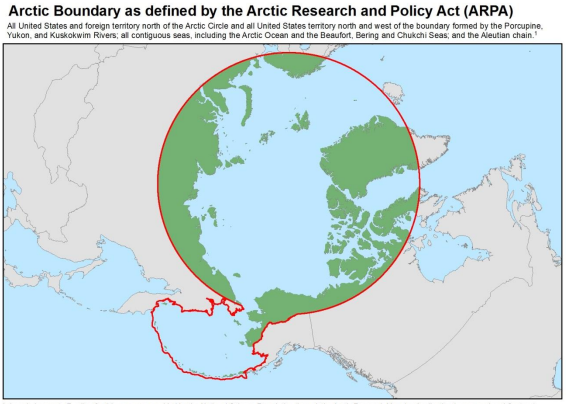
About 4 million people, or about 0.05% of the world’s population, live in the Arctic, of which roughly half (roughly 2 million) live in Russia’s part of the Arctic, and roughly 500,000 belong to Indigenous peoples. There are Eight countries that have territory north of the Arctic Circle: the United States (Alaska), Canada, Russia, Norway, Denmark (by virtue of Greenland, a self-governing part of the Kingdom of Denmark), Finland, Sweden, and Iceland. These eight countries are often referred to as the Arctic States which compose the Arctic Council. However, the Arctic Council has also invited several observer nations to help regulate international use of the arctic and diffuse conflict there.
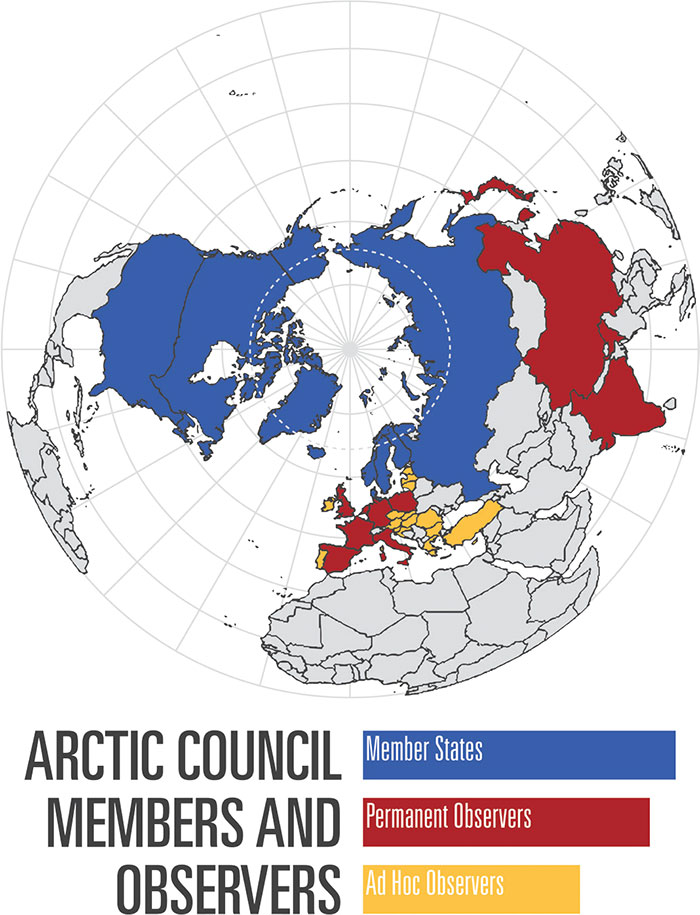
The council has a two-year chairmanship that rotates among the eight member states. The United States held the chairmanship from 2015 to 2017, when and is scheduled to next hold it in 2031-2033. In May 2021, the chairmanship was transferred from Iceland to Russia, who currently chairs the Council.
Climate Change Is Re-Defining the World’s Relationship With The Arctic
The Arctic warmed at approximately three times the global average rate from 1971 to 2019, with the region’s surface temperature increasing by more than 3 °C (5.5 °F). This,
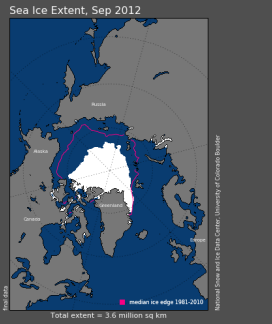
with the region’s surface temperature increasing by more than 3 °C (5.5 °F), has caused an unprecedented melting of polar ice, both land and sea, as well as precipitation. The U.S. National Snow and Ice Data Center has been tracking historical and predicting future sea ice conglomerations in the Arctic and found that from 2010-2019, Arctic sea ice covers about 40% less area than from 1979-2019. They also concluded that by the 2070’s, we can expect to have a fully ice-free Arctic in the summer months between June and September, allowing an unprecedented use of arctic shipping lanes by commercial entities and the drilling for natural gas and oil. An October 2021 National Intelligence Estimate by the National Intelligence Council on climate change and international responses that are increasing challenges to U.S. national security states the following about the Arctic:
We assess that Arctic and non-Arctic states almost certainly will increase their competitive activities as the region becomes more accessible because of warming temperatures and reduced ice. Competition will be largely economic but the risk of miscalculation will increase modestly by 2040 as commercial and military activity grows and opportunities are more contested. Diminishing sea ice probably will increase access to shipping routes that can reduce trade times between Europe and Asia by about 40 percent for some vessels. In addition, onshore oil and natural gas deposits, as well as an estimated $1 trillion worth of precious metals. Military activity is likely to increase as Arctic and non-Arctic states seek to protect their investments, exploit new maritime routes, and gain strategic advantages over rivals.
The Russian Federation Races to Establish Arctic Dominance
Before we get into the Russian militarization of the Arctic, it is important to outline which shipping lanes already exist, and which are expected to open up by the 2070s. Currently, the majority of commercial shipping goes through the Northern Sea Route, which Russia views as an internal waterway, while the international community views it as an international sea route, under the United Nations Convention on the Law of the Sea. In 2020, the Center for High North Logistics at Norway’s Nord University Business School recorded the highest number of commercial transits of the Northern Sea Route at 377 in a six-month period. This stands in stark comparison to only 207 transits through the NSR in the years 2011-2015 and 277 in 2019. So it is safe to say the Northern Sea Route stands firmly as the primary “over-the-arctic” route over the Northwest Passage which only saw 10 vessels transit in 2019. However, once the temperature and ice trends outlined above created totally ice-free- seasons, the Future Tran-Arctic Shipping Route will exponentially increase the use of the Arctic.
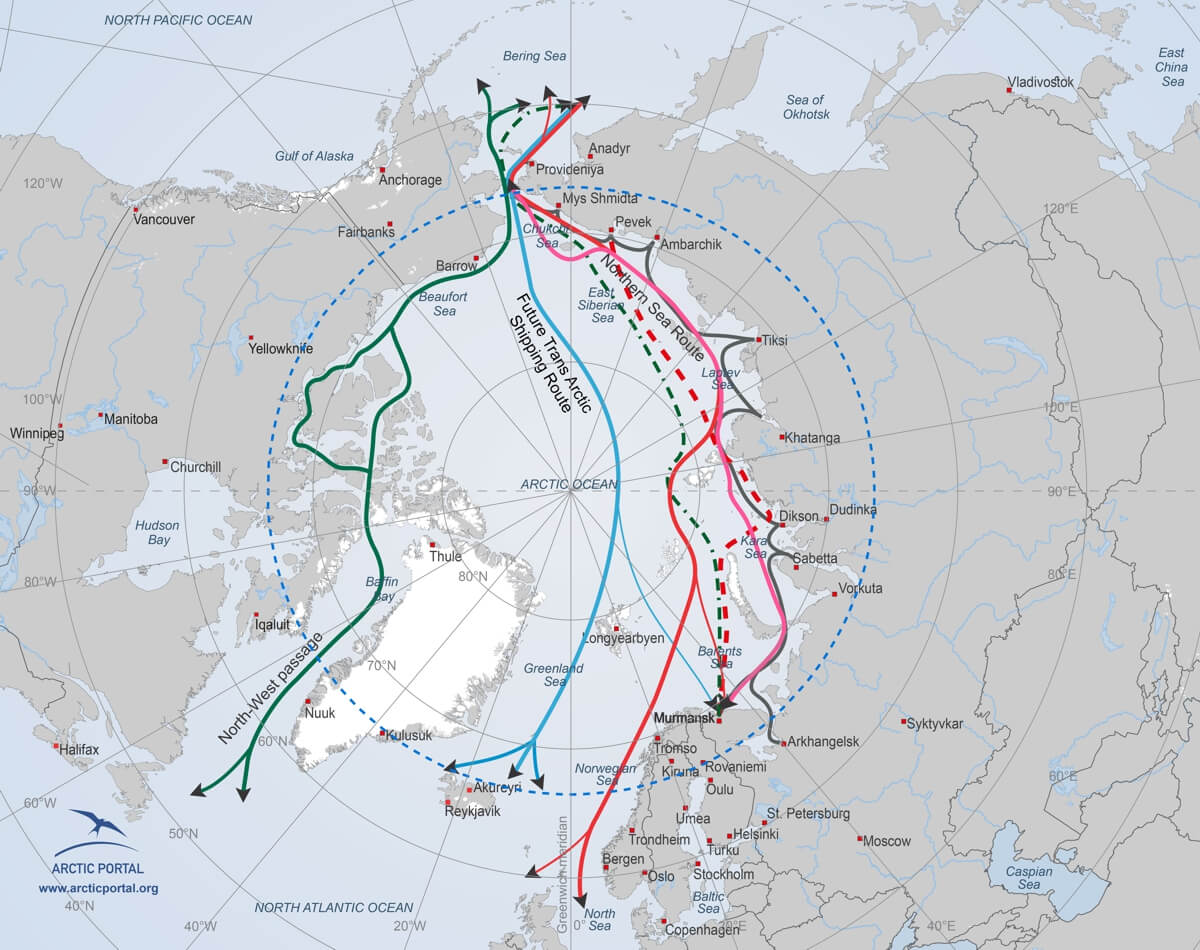
The Russian Federation has already expounded upon this opportunity by moving to re-open nearly 50 military installations including radar sites, airfields, and coastal defense batteries to ensure military dominance in the Arctic. The Russian Federation already enjoys a generous military outmatch in the Arctic by virtue of its Northern Fleet being headquartered at Severomorsk on the Kola Peninsula. The Northern Fleet has the largest and most modern sub-surface fleet as well as an impressive surface fleet of 34 combatants and support ships. However, these bases will serve as command and control posts for a string of S-400 Bastion batteries and long-range aviation bases. The S-400s already in the arctic stretch Russia’s surface-to-air and surface-to-surface missile capability some 200 nautical miles into the arctic already. Once long-range aviation bases are consolidated (besides the ones already there), the Russian Federation would be able to enforce Combat Air Patrols (CAP) over these critical trade routes.
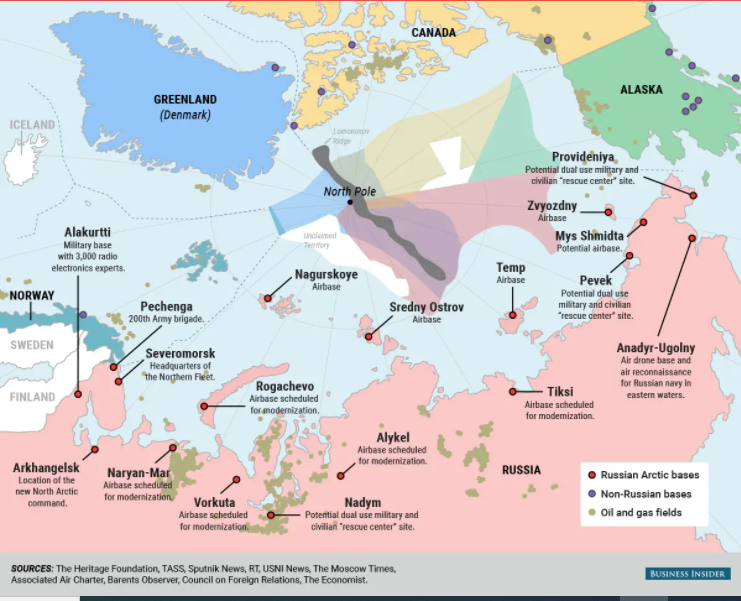
It is also important to note that the Russian icebreaker fleet has nearly 40 nuclear and conventional ships, the largest in the world, and hilariously outnumbers the United States with two icebreakers. These ships allow the Russian Federation to clear portions of the Northern Sea Route for commercial and military vessels, giving them unmatched access year-round. In order to understand the depth and breadth of Russian military buildup, below is a collection of MAXAR imagery shots, exploited by the Center for Strategic and International Studies:
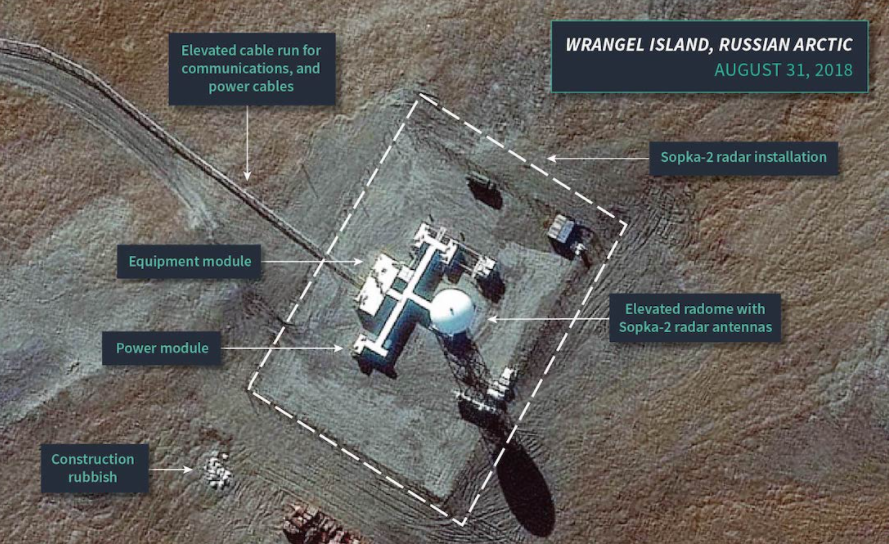
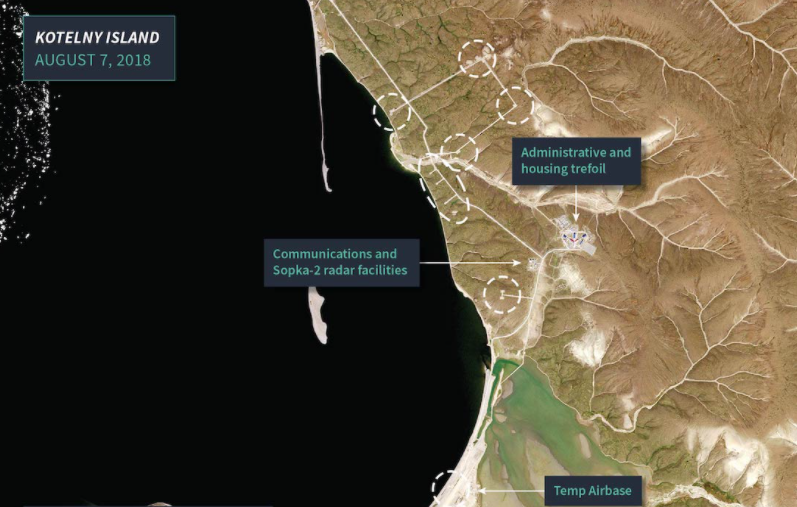
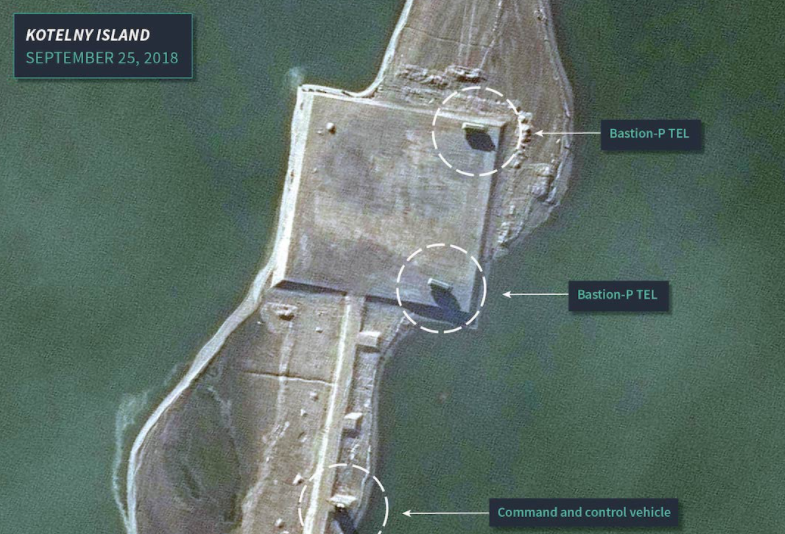
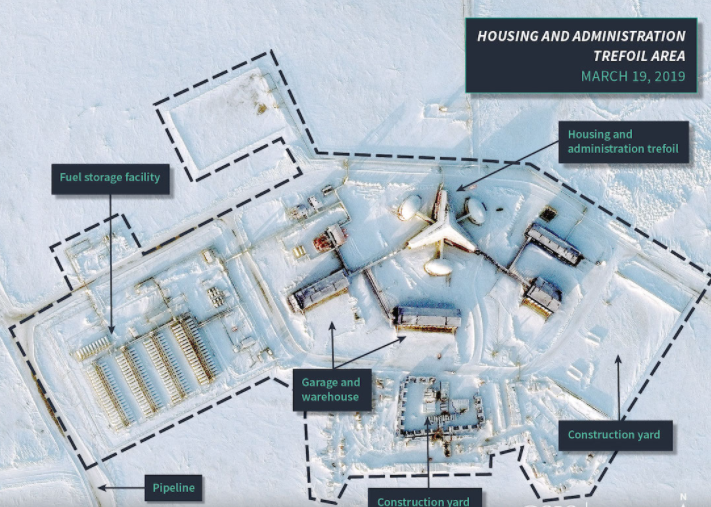
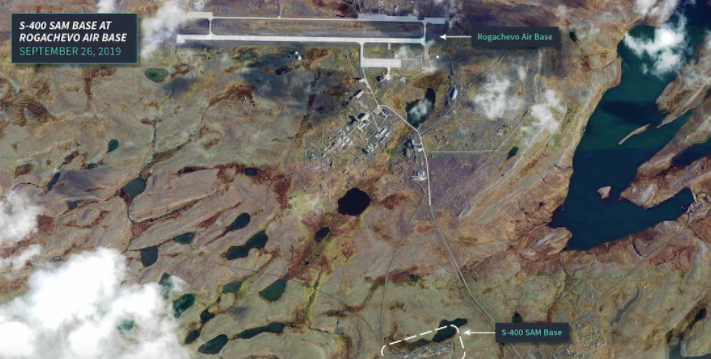
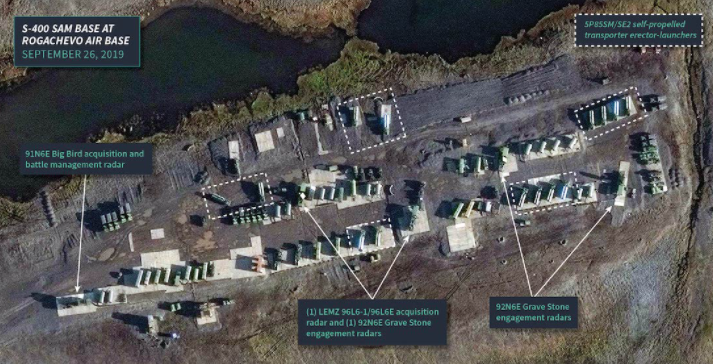
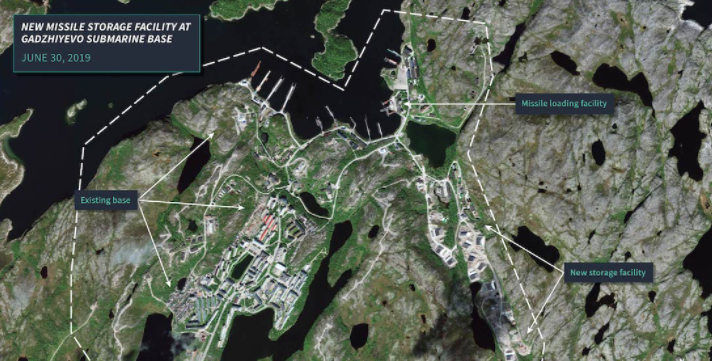
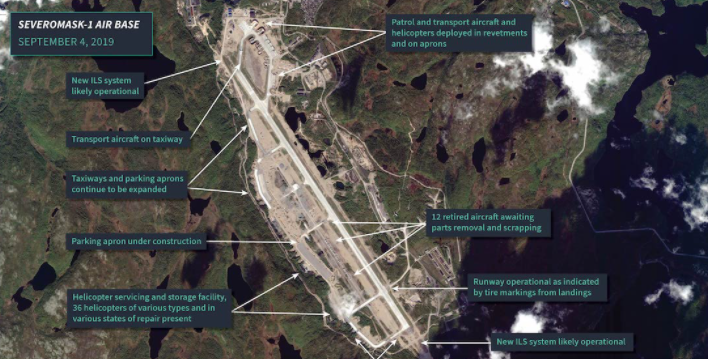
Russia’s Invasion of Ukraine: Arctic Impacts
On March 3, 2022, in response to Russia’s invasion, the seven Arctic states other than Russia issued a joint statement in which they announced that they would be “temporarily pausing participation in all meetings of the Council and its subsidiary bodies.” This suspension of the Council, currently chaired by Russia, could present opportunities for miscalculation as NATO and Russian vessels shadow each other. NATO exercise Cold Response 22 concluded this week with more than 30,000 NATO troops and a flotilla composed of three NATO aircraft carriers simulated amphibious landings to defend Norway from Russian aggression. During this exercise, a Russian task force kept a subtle stand-off, but also employed Surface-to-Air missiles in an uncomfortable vicinity to NATO forces. As NATO, the EU, and the US continue to bolster forces in the Baltics, the Arctic could very well be a key battleground in any conflict with the Russian Federation.
https://www.instagram.com/p/CbZ410WM6oc/
Russian Cooperation In the Arctic
While it is clear that Russian aspirations in the Arctic will most likely be at odds with the rest of the Arctic Council and the United States, these eight nations have found common ground that creates opportunities to create multi-lateral relationships. One example is cooperation on Arctic search and rescue (SAR) under the May 2011 Arctic Council agreement on Arctic SAR. Since a large number of commercial vessels transit the isolated and harsh Arctic, these nations have agreed to provide SAR aid.
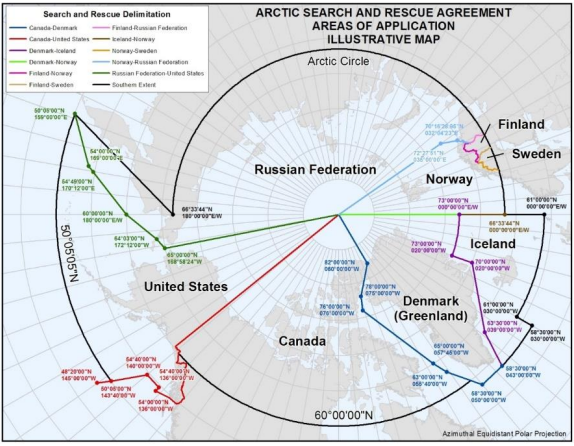
The United States, Canada, and the Nordic countries also cooperate with Russia through the Arctic Coast Guard Forum (ACGF), an organization intended to “foster safe, secure, and environmentally responsible maritime activity in the Arctic.” The latter half of the 21st century, as climate change continues to shape the geo-political climate, is sure to host the arctic as a primary battleground of national wills.


